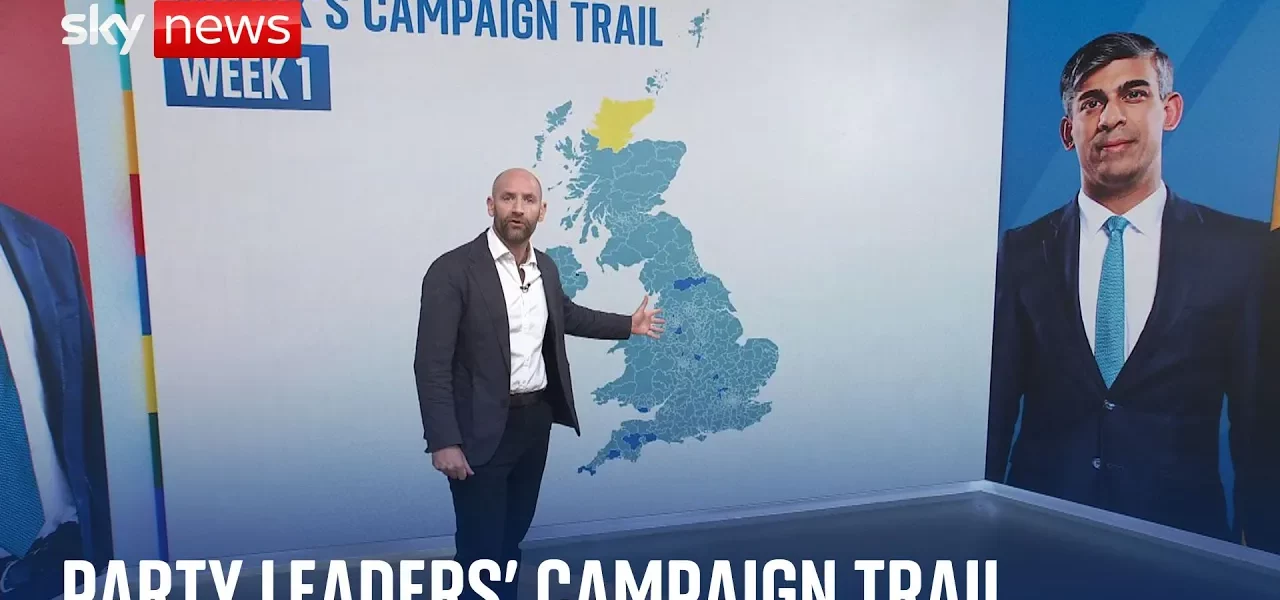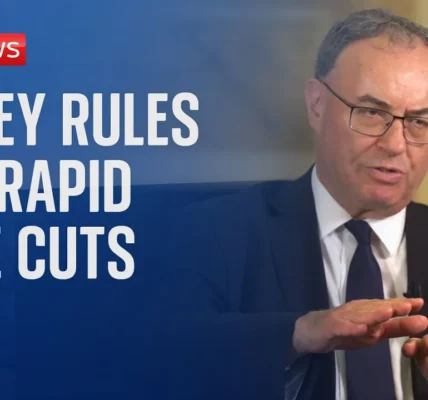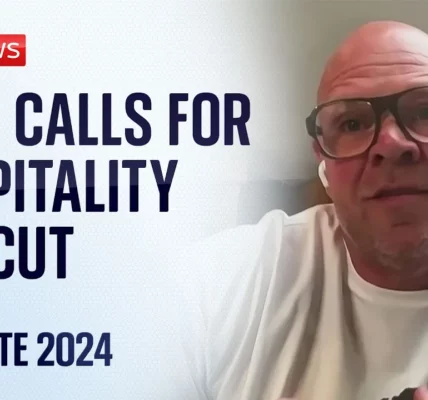Campaigning Analysis: Conservative vs Labour Strategies

As the political landscape evolves during this election cycle, we delve into the campaigning strategies employed by party leaders, their visits to key constituencies, and the digital footprints they are leaving behind. This analysis highlights the contrasting approaches of the Conservative Party and the Labour Party.
Introduction
The current political climate in the UK is marked by intense campaigning as party leaders strive to secure votes in an increasingly competitive landscape. With five weeks of campaigning already underway, the strategies of the Conservative Party, led by Rishi Sunak, and the Labour Party, headed by Keir Starmer, are coming into sharper focus. This article will provide a detailed overview of the constituencies visited, the nature of their campaigns, and the implications of their strategies as they vie for public support.
Conservative Campaigning Strategy
The Conservative Party has adopted a cautious approach, initially targeting a wide range of constituencies that were assumed to be secure. However, as the campaign progressed, their focus has shifted towards defending historically safe seats. Below, we explore the key aspects of their strategy.
Initial Targeting of Constituencies
Rishi Sunak’s campaign began in the East Midlands, specifically in a constituency with a 22% Conservative majority. This area, while considered safe, is viewed by the party as potentially vulnerable.
Mid-Campaign Adjustments
As the campaign evolved, the Conservatives began to concentrate their efforts on constituencies that were previously thought to be secure. This strategic pivot reflects a need for a more defensive stance in light of Labour’s increasing momentum.
Notable Campaign Stops
- Week 1: Launch in the East Midlands
- Week 2: Visit to Redcar, a rare Labour stronghold
- Week 3: Participation in the Sky’s Battle for Number 10 event in Grimsby
- Week 4: Engaging with voters at Denby Pottery in Derbyshire
Labour’s Bold Approach
In contrast to the Conservatives, Labour has demonstrated a bolder strategy right from the start of their campaign. Keir Starmer and his team are not shying away from constituencies with significant Conservative majorities, showcasing their confidence and ambition.
Key Constituencies Visited
Labour’s campaign has strategically included visits to seats that historically posed challenges for the party:
- Darby South: A venture into Conservative territory.
- Gillingham in Kent: A region with deep Conservative roots.
- Oxbridge and South Ricep: Launching Labour’s manifesto in Boris Johnson’s former constituency.
Campaign Messaging and Digital Strategy
Labour’s digital campaign has been robust, with over 5,500 advertisements deployed, focusing on a consistent message of change and accountability. In comparison, the Conservatives have run approximately 1,600 ads, predominantly featuring attacks on Labour.
Digital Campaigning Landscape
Both parties have harnessed digital platforms to reach voters, but their approaches differ significantly:
Conservative Digital Strategy
The Conservatives have primarily focused on attack ads against Labour, with 83% of their advertisements mentioning the opposing party. This reflects a defensive campaign strategy aimed at undermining Labour’s momentum.
Labour’s Digital Outreach
Labor’s advertising strategy has been characterized by a broader reach and a more positive messaging framework. Their ads emphasize change and progress, with only 11% focusing on the Conservatives. The variety in their digital content has been pivotal in maintaining engagement across social media platforms.
Conclusion
The political campaigning landscape in the UK is dynamic and multifaceted, with the Conservative Party taking a defensive stance while Labour aggressively targets traditional strongholds. As the election approaches, the effectiveness of these strategies will become increasingly evident. Voters are advised to stay informed and engaged as the campaigns unfold. For further insights and analysis on the ongoing election, explore our related articles on political strategies and voter engagement.
“`




